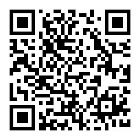ISO/TS 18876-2-2003 工業(yè)自動(dòng)化系統(tǒng)和集成.交換、評(píng)估和共享用工業(yè)數(shù)據(jù)的集成.第2部分:集成和繪圖方法
作者:百檢網(wǎng) 時(shí)間:2021-08-02
中文標(biāo)準(zhǔn)名稱:工業(yè)自動(dòng)化系統(tǒng)和集成.交換、評(píng)估和共享用工業(yè)數(shù)據(jù)的集成.第2部分:集成和繪圖方法
英文標(biāo)準(zhǔn)名稱:Industrial automation systems and integration - Integration of industrial data for exchange, access and sharing - Part 2: Integration and mapping methodology
標(biāo)準(zhǔn)類型:N17
發(fā)布日期:2003/11/1 12:00:00
實(shí)施日期:1999/12/31 12:00:00
中國(guó)標(biāo)準(zhǔn)分類號(hào):N17
國(guó)際標(biāo)準(zhǔn)分類號(hào):35.240.50;25.040.40
引用標(biāo)準(zhǔn):ISO/IEC 8824-1-1998;ISO 10303-1-1994;ISO/TS 18876-1-2003
適用范圍:This Technical Specification establishes an architecture, a methodology, and other specifications for integrating industrial data for exchange, access and sharing. Together these support the following activities: — integrating data which may be: — from different sources or with different model contexts, — described by different models, or — defined in different modelling languages; — sharing data among applications through systems integration architectures; — resolving conflict between models developed with different objectives; — translating data between different encodings; — translating models between different modelling languages. This part of ISO 18876 specifies methods for the following: — creating and extending integration models; — evaluating and selecting an integration model that can integrate two or more application models; — creating an application model that is a constrained subset of an integration model to support particular ap-plication domain requirements for exchange, sharing, or both; — creating a mapping specification between an application model and an integration model. The following are within the scope of this part of ISO 18876: — modelling language independent methods for creating and extending an integration model; — methods for integrating an application model with an integration model; — mapping language independent methods for mapping an application model to an integration model; — criteria for the selecting modelling languages and mapping languages that can be used within the specified methods for integration and mapping. The following are outside the scope of this part of ISO 18876: — the structure and content of particular integration models; — methods for creating and extending particular integration models; — methods for mapping application models to particular integration models. NOTE The specific methods that apply to mappings between particular application models and integration models de-pend on the modelling paradigm(s) applied and on the structure and content of the models.
相關(guān)標(biāo)準(zhǔn)
《GB/T 223.64-2008》鋼鐵及合金 錳含量的測(cè)定 火焰原子吸收光譜法 GB/T 223.64-2008 4-8
《QB/T 2280-2016》辦公家具 辦公椅 QB/T 2280-2016
《GB/T18033-2017》無縫銅水管和銅氣管 GB/T18033-2017
《SY/T 5037-2019》普通流體輸送管道用埋弧焊鋼管 SY/T 5037-2019
《GB/T 12770-2012》機(jī)械結(jié)構(gòu)用不銹鋼焊接鋼管 GB/T 12770-2012
《GB/T 13295-2019》水及燃?xì)庥们蚰T鐵管、管件和附件 GB/T 13295-2019
《GB/T 26303.3-2010》銅及銅合金加工材外形尺寸檢測(cè)方法 第3部分:板帶材 GB/T 26303.3-2010
《GB/T 14975-2012》結(jié)構(gòu)用不銹鋼無縫鋼管 GB/T 14975-2012
《DB41/T1046-2015》鋁合金隔熱型材隔熱限定值及隔熱等級(jí) DB41/T1046-2015
百檢能給您帶來哪些改變?
1、檢測(cè)行業(yè)全覆蓋,滿足不同的檢測(cè);
2、實(shí)驗(yàn)室全覆蓋,就近分配本地化檢測(cè);
3、工程師一對(duì)一服務(wù),讓檢測(cè)更精準(zhǔn);
4、免費(fèi)初檢,初檢不收取檢測(cè)費(fèi)用;
5、自助下單 快遞免費(fèi)上門取樣;
6、周期短,費(fèi)用低,服務(wù)周到;
7、擁有CMA、CNAS、CAL等權(quán)威資質(zhì);
8、檢測(cè)報(bào)告權(quán)威有效、中國(guó)通用;
客戶案例展示
相關(guān)商品
相關(guān)資訊

最新資訊
版權(quán)與免責(zé)聲明
①本網(wǎng)注名來源于“互聯(lián)網(wǎng)”的所有作品,版權(quán)歸原作者或者來源機(jī)構(gòu)所有,如果有涉及作品內(nèi)容、版權(quán)等問題,請(qǐng)?jiān)谧髌钒l(fā)表之日起一個(gè)月內(nèi)與本網(wǎng)聯(lián)系,聯(lián)系郵箱service@baijiantest.com,否則視為默認(rèn)百檢網(wǎng)有權(quán)進(jìn)行轉(zhuǎn)載。
②本網(wǎng)注名來源于“百檢網(wǎng)”的所有作品,版權(quán)歸百檢網(wǎng)所有,未經(jīng)本網(wǎng)授權(quán)不得轉(zhuǎn)載、摘編或利用其它方式使用。想要轉(zhuǎn)載本網(wǎng)作品,請(qǐng)聯(lián)系:service@baijiantest.com。已獲本網(wǎng)授權(quán)的作品,應(yīng)在授權(quán)范圍內(nèi)使用,并注明"來源:百檢網(wǎng)"。違者本網(wǎng)將追究相關(guān)法律責(zé)任。
③本網(wǎng)所載作品僅代表作者獨(dú)立觀點(diǎn),不代表百檢立場(chǎng),用戶需作出獨(dú)立判斷,如有異議或投訴,請(qǐng)聯(lián)系service@baijiantest.com








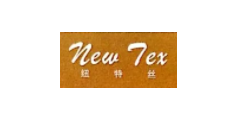
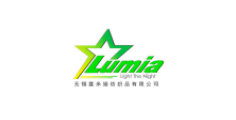
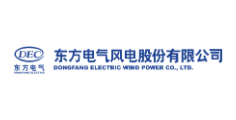


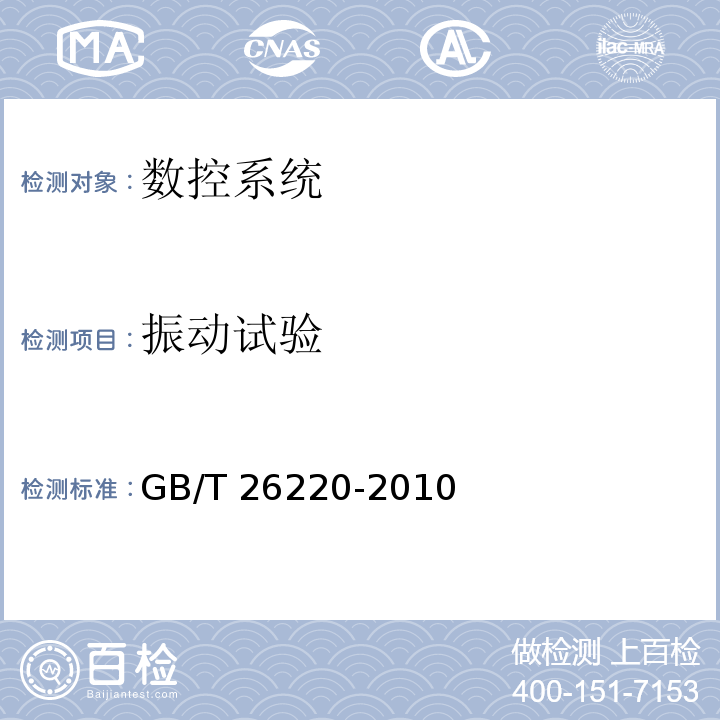


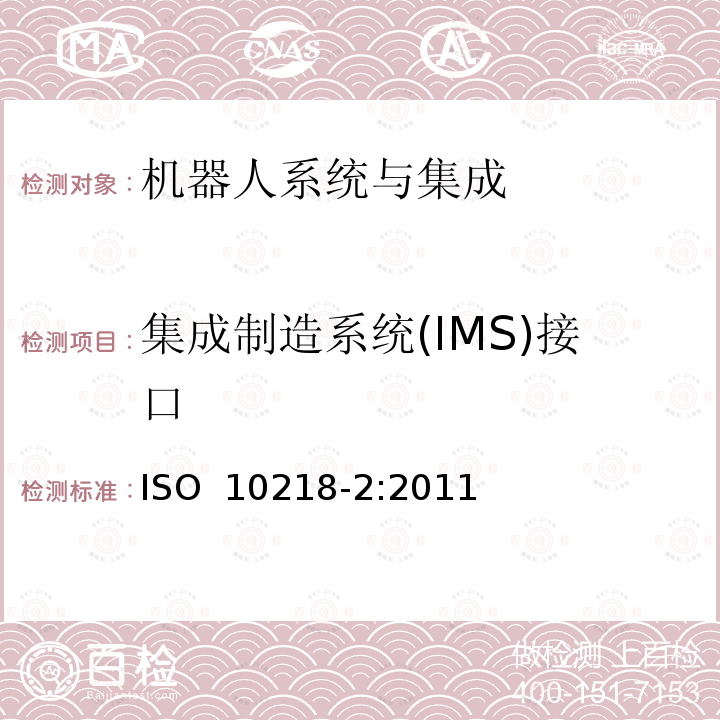
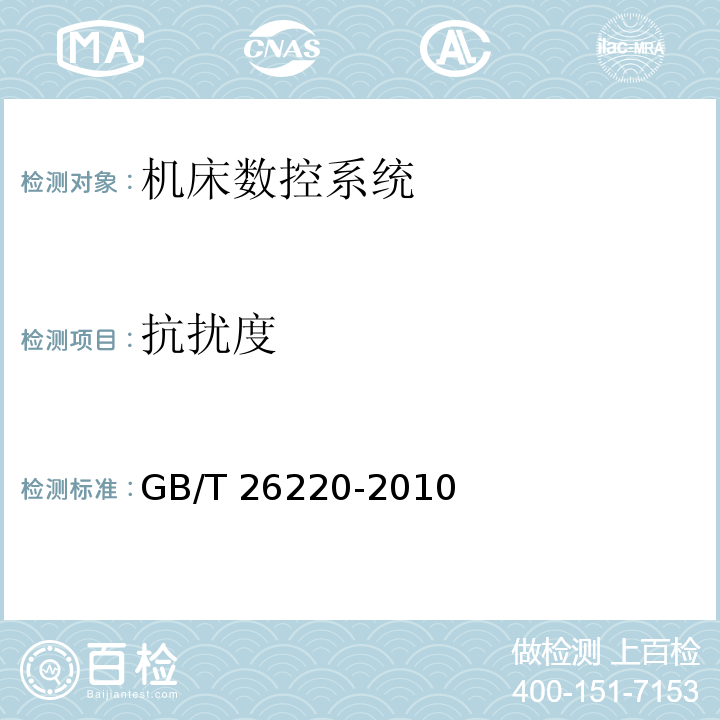
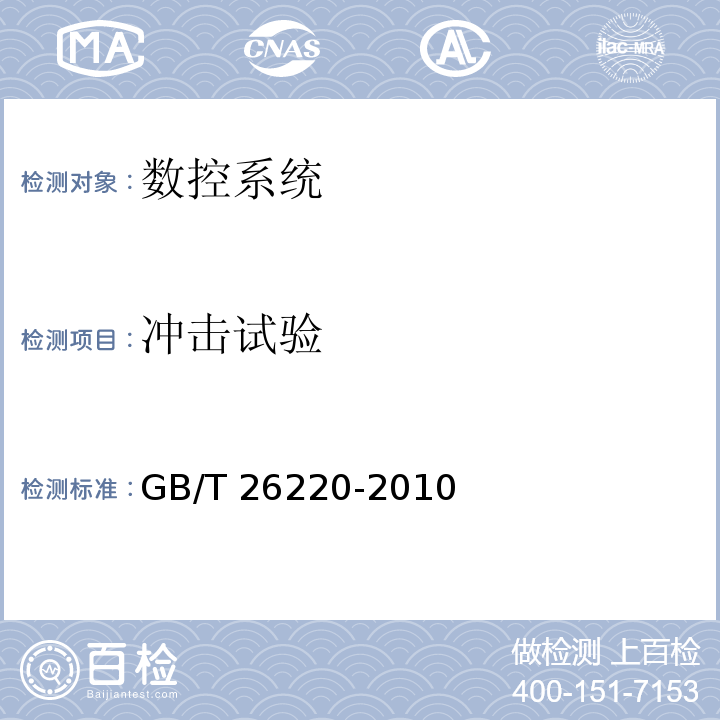
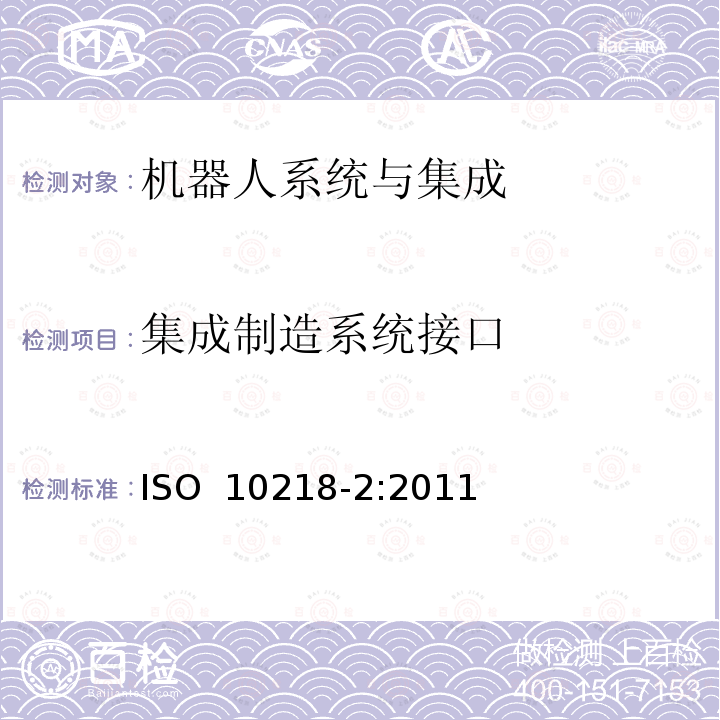
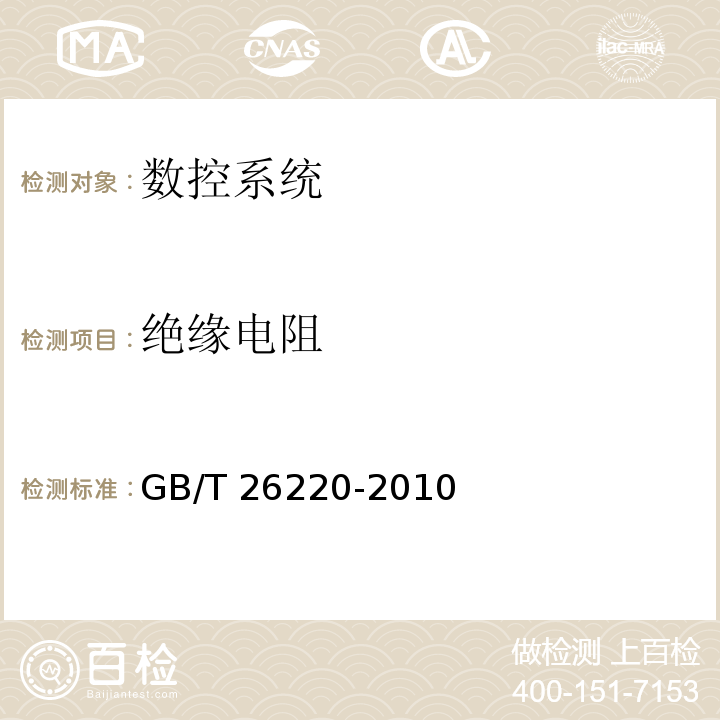
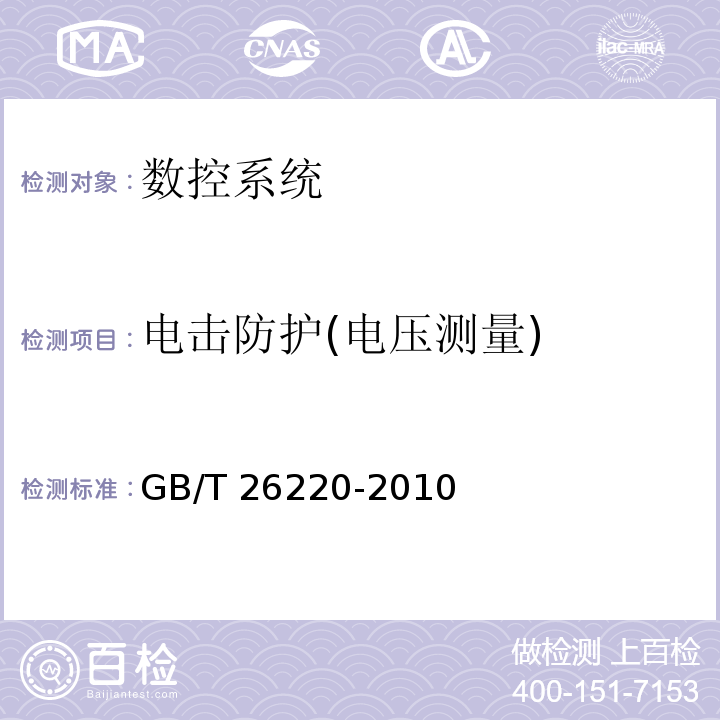

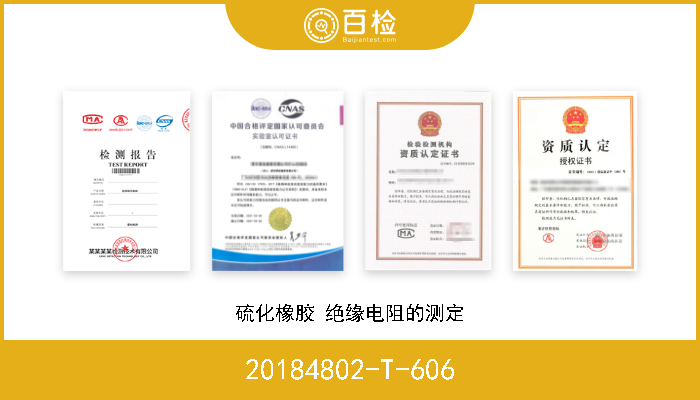
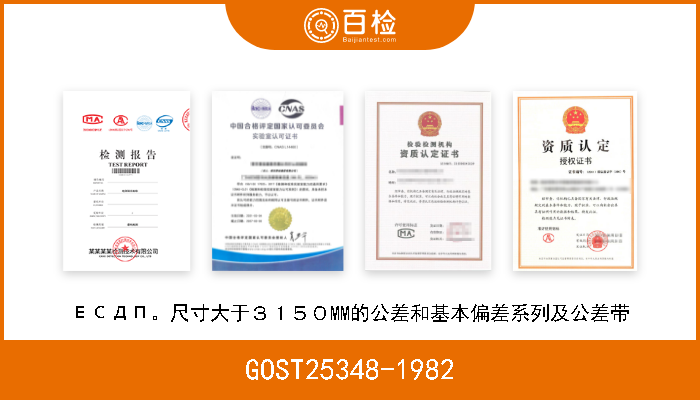
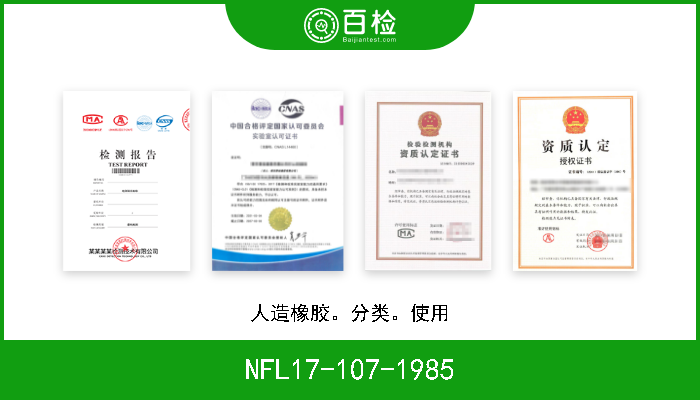

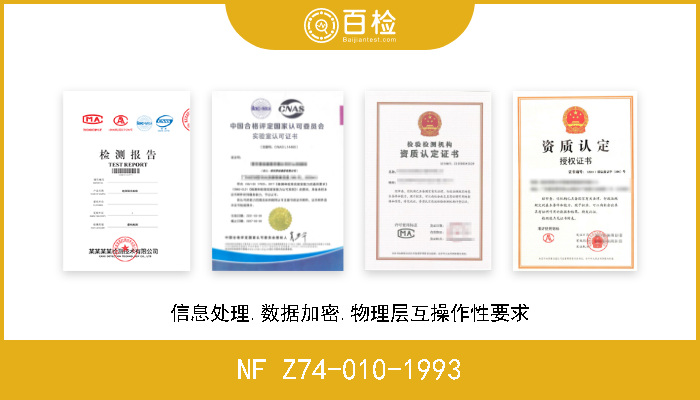
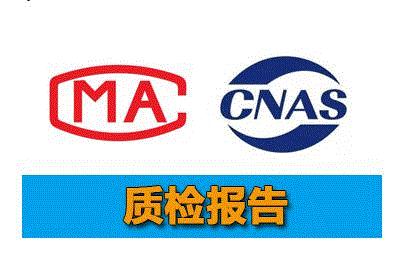




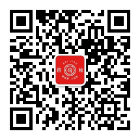
 400-101-7153
400-101-7153 15201733840
15201733840